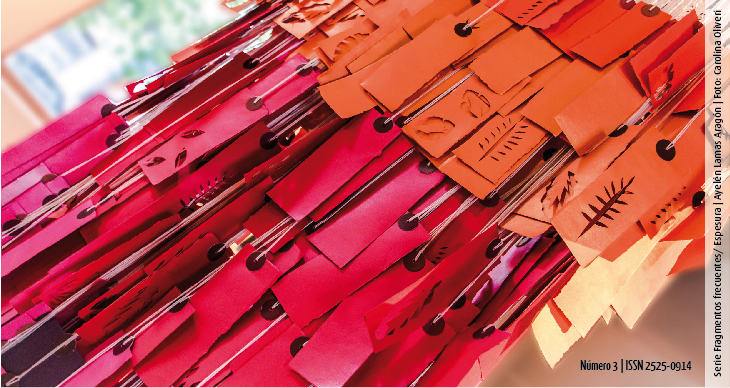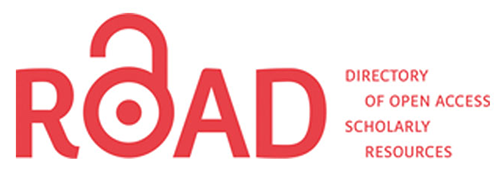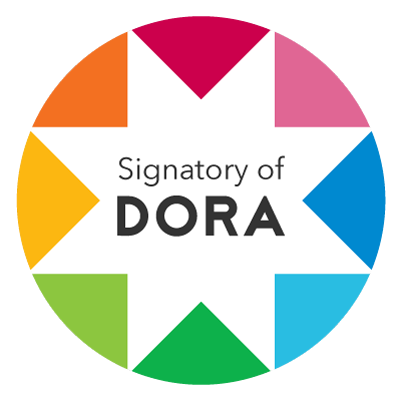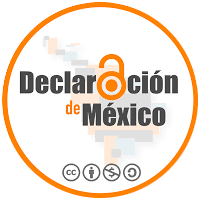Art as a Possibility to Represent the Horror. Traumatic Memory Contramonumentales Works
DOI:
https://doi.org/10.24215/25250914e015Keywords:
Memory, against monument, art, representationAbstract
This work will discuss artistic photography in their potentialto represent the traumatic memory of the victims of themilitary dictatorship in Argentina (1976-1983). Three photoessays by contemporary artists will be taken as: Huellas dedesapariciones, by Helen Zout; Buena memoria, by MarceloBrodsky y Arqueología de la ausencia, by Lucila Quieto. Andstudied the ways in which their works, since its formal andconceptual procedures give rise to possible reflectionsregarding the memory of the traumatic pastbased on theconcept of against monument.Downloads
References
Didi-Huberman, G. (2015). Remontajes del tiempo padecido: el ojo de la historia. Ciudad Autónoma de Buenos Aires, Argentina: Biblos-Universidad del Cine.
Friedlander, S. (Comp.). (2007). En torno a los límites de la representación. El nazismo y la solución final. Bernal, Argentina: Universidad Nacional de Quilmes.
Huyssen, A. (2010). Esculturas de la memoria de Doris Salcedo. En Modernismo después de la modernidad. Buenos Aires, Argentina: Gelida S.A.
Jelin, E. (2002). Trabajos de Memoria. Madrid, España: Siglo Veintiuno.
Martínez Rosario, D. (2013). La obra de arte como contramonumento. Representación de la memoria antiheroica como recurso en el arte contemporáneo (Tesis de Doctorado). Universidad Politécnica de Valencia, Valencia, España.
Young, J. (2000). Cuando las piedras hablan. Revista puentes, (1), 80-93. Recuperado de http://www.memoriaenelmercosur.educ.ar/wpcontent/uploads/2009/04/puentes01.pdf
Downloads
Published
How to Cite
Issue
Section
License
Current policy since 2019
The acceptance of the manuscript by the magazine means the non-exclusive cession of the property rights of the authors in favour of the editor, who allows the reuse, after publication (post print), under a license Attribution-NonCommercial-NoDerivatives 4.0 International.
According to these terms, the material can be copied and redistributed by any means or in any format as long as a) the author and original source of the publication are quoted (magazine and URL of the work), access to the license is provided and whether changes have been made is mentioned; and b) the material is not used for commercial purposes.
The cession of non-exclusive rights means that after the publication (post print) in Octante the authors can publish their work in any language, means and format; in such cases it must be mentioned that the material was originally published in this magazine.
Such cession also means the authorization of the authors for the work to be collected by SEDICI, the institutional archive of the Universidad Nacional de La Plata, and to be spread in the databases that the editorial team considers appropriate to increase the visibility of the publication and its authors.
Moreover, the magazine encourages the authors to deposit their productions in other institutional and thematic archives under the principle that offering the society the scientific and academic production without any restrictions contributes to a greater exchange of the global knowledge.























